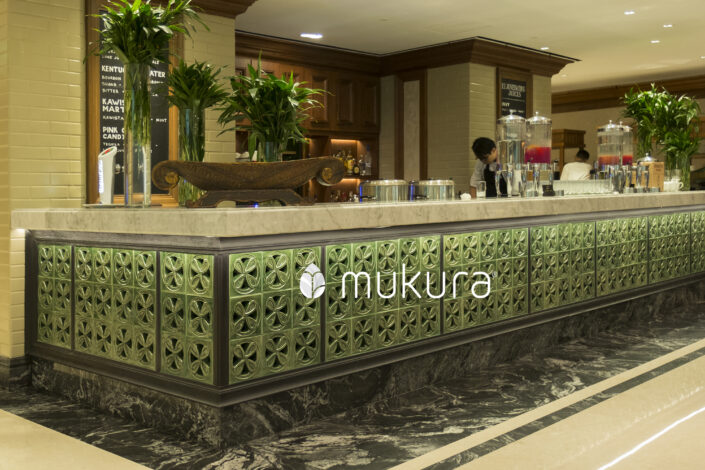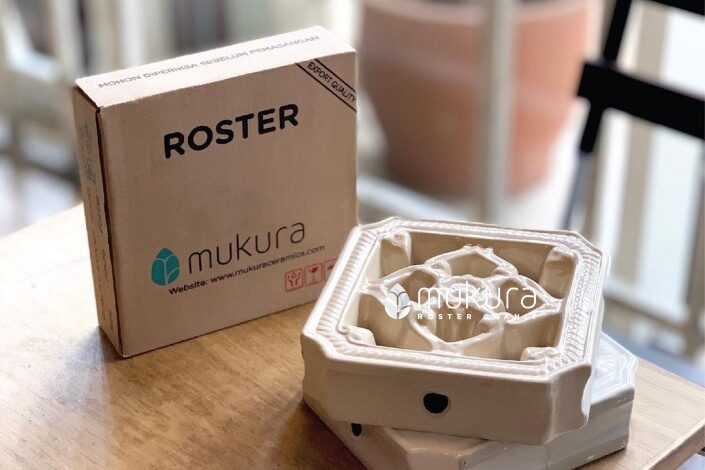News & Events, Product Information | Sunday April 4th, 2021 11:36 AM
The Differences of Ceramics, Terracotta, and Concrete Breezeblock
As a building material, the Breezeblock has several types that can suit the needs of construction and also the tastes of its owners. All of the types here can be differentiated by its applications and the basic materials that produce them. The types of the Breezeblock are: Ceramics, Terracotta, and Concrete.
Here are some explanations about the different types of the Breezeblock regarding their applications and their fundamental materials.
1. Ceramics Breezeblock
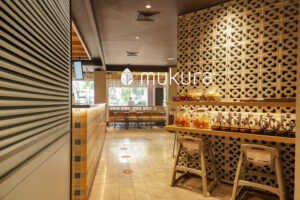
Source: Mukura Ceramics
Ceramics Breezeblock is the type of Breezeblock that is made from high specification clay which can produce granite ceramics. This type can be applied on the interior and even the exterior sides of the buildings. Due to its flexibility, Ceramics Breezeblock can be the main material of buildings’ decoration despite its functionalities including air ventilations.
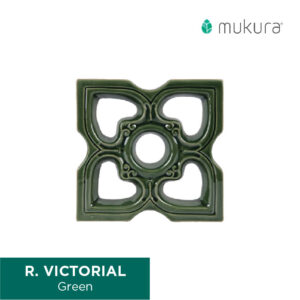
Source: Mukura Ceramics
Ceramics Breezeblock itself has two types of Breezeblock, which are: Ceramics Breezeblock and Granite Ceramics Breezeblock
- Ceramics Breezeblock (Ceramics Tiles) is made of mixture of clay and quartz ferrous sand materials along with water. The special clay are mined from the earth, shaped, colored, and then fired in kilns.
- Granite Ceramics Breezeblock (Glazed Tiles) is also made of the special clay with the same production process, but it went through the process of glazed coating which is applied and fashioned with texture and design. In doing so, this type is ease in cleaning and has protection from staining because it doesn’t have pores. The glazed coating process on this type can also produce high gloss and matte finishing. Besides that, this Granite Ceramics type is very hard which it even can hold loads until 500kg per square meter. It also has scratch protection which makes it durable. With its appearance, the Granite Ceramics type also looks more fancy and suitable for decoration purposes. The Granite Ceramics Breezeblock is the one that is produced by Mukura Ceramics.
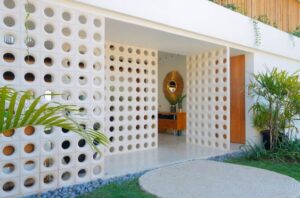
Source: Pinterest
A Granite Ceramics Breezeblock with the size of 30×30 only has a weight of approximately 2kg-3kg. It is also often used as the exterior material of the buildings which can minimize the construction cost, making it an economical and sustainable living material.
2. Terracotta Breezeblock
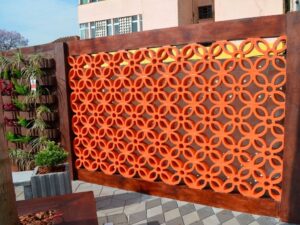
Source: Pinterest
Terracotta Breezeblock is the type of Breezeblock which is generally made of red clay that produces earthenware. This type is mostly applied for the exterior parts of the buildings especially as the walls of the buildings. The application of Bricks Breezeblock is more encouraged on the building’s endurance and air ventilation because it has a more weight volume. For a building’s decoration, the bricks only utilize its forming because it tends not to have color variations and it also looks more dry.
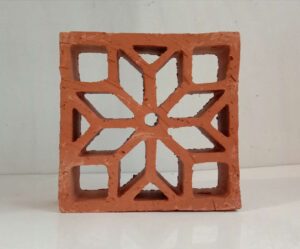
Source: Pinterest
Terracotta Breezeblock has a hard, sturdy, and more rough structure. It is derived from red clay material which is burned with high temperature and produces a material called earthenware which is not glost so in general the Terracotta Breezeblock has pores. For a Terracotta Breezeblock with 30×30 size, the weight can approximately be around 4kg-5kg. With Breezeblocks’ application, this type must also be stacked against each other which can produce hard but heavy exterior walls making it more costly on the construction part.
3. Concrete Breezeblock
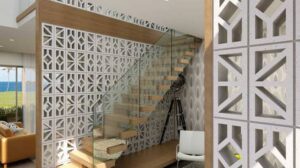
Source: Asiacon
Concrete Breezeblock is the type of Breezeblock which is generally made of minerals aggregate (mainly sand and gravel) which are blended with cement and water. This type generally has grey as its standard color. This Breezeblock is often applied in the interior and also exterior sides of the buildings, making it a flexible type. Based on the endurance, this type looks more solid, heavy, and hard and also has a vulnerable form to be changed due to the beginning of its production. For decoration purposes, this type utilizes the easiness of its beginning production to produce unique Breezeblock holes.
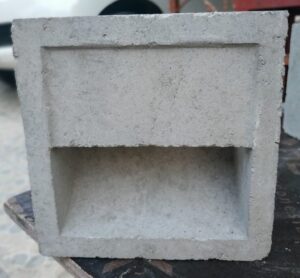
Source: Pinterest
Concrete Breezeblock has a more solid and heavy expression. For a concrete Breezeblock with 30×30 size, the weight can be approximately 4kg-5kg. This type needs concrete hardening and developing during the build process so it requires more costs on the construction. Even though it has a solid structure, Concrete Breezeblock is still less perfect on absorbing water and it can ruin them especially if it absorbs brine due to the water being one of the main materials of this Breezeblock.
Some of the differences between Ceramics, Bricks, and Concrete Breezeblocks still have its own uniqueness. The application and the needs of the material can always be fitted with the taste of the owners or the requirements of the architecture. It is important for us to understand these materials before building our own desired houses or buildings.

